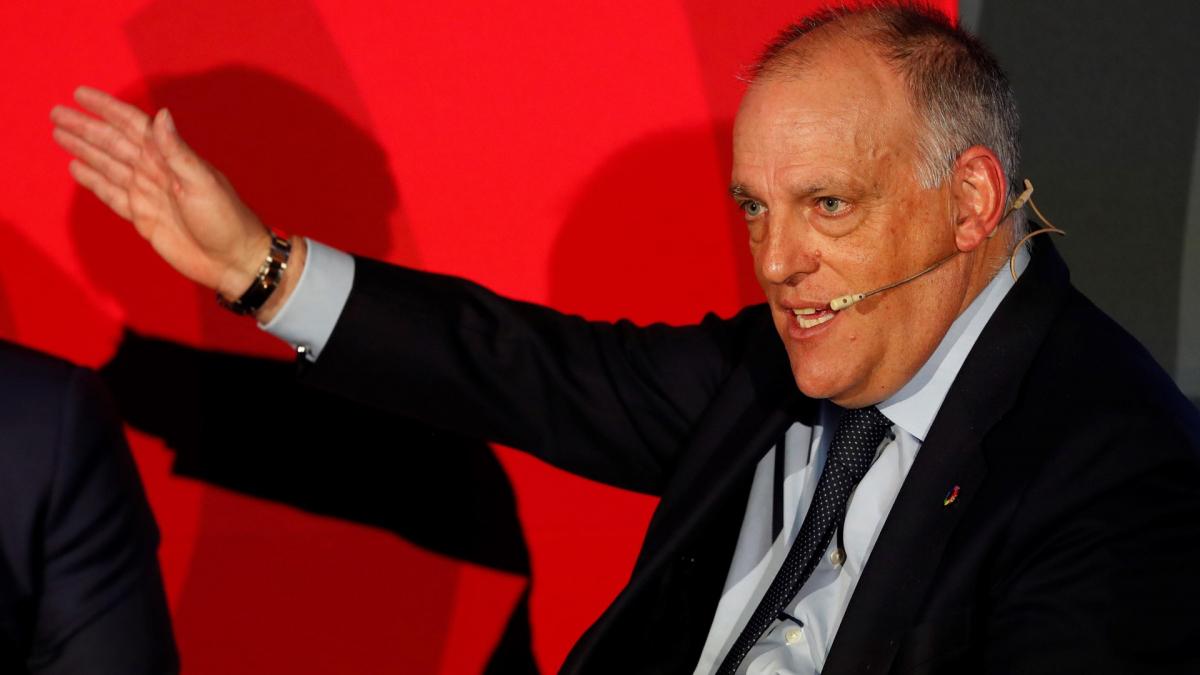How far away is this golden era when La Liga attracted all eyes with the legendary FC Barcelona of Pep Guardiola, then of Luis Enrique, the galactic Real Madrid of José Mourinho, Carlo Ancelotti and Zinedine Zidane, these incessant duels between the Blaugranas of Lionel Messi and Cristiano Ronaldo’s Merengues, this exciting explosion from Diego Simeone’s Atlético Madrid. These games no longer have the same flavor today and Spanish football is struggling to regain its glorious days. And the Liga Nacional de Fútbol Profesional (LaLiga) has not said its last word and hopes to get back on track, particularly in the summer transfer windows, at a time when La Liga has spent “only” 439 million euros during the last transfer window, a far cry from the Premier League, Ligue 1, Saudi Pro League, Serie A and the Bundesliga. This therefore places the Spanish championship in sixth position among the biggest spenders in the world.
This is how the Delegated Commission of the employers’ association approved changes in its economic control, considered far too strict and handicapping for regular sporting growth. It has relaxed certain rules in order to stimulate the next transfer markets and to carry out more big transfers to better counter and compete with the big European teams. Spanish clubs have therefore approved a total of four major changes related to their financial fair play to favor their salary cap and be more competitive in future markets compared to the rest of the leagues. Even if the institution chaired by Javier Tebas has loosened some holes in the clubs’ belt, the philosophy remains: the clubs must be solvent. And for this, monitoring of club accounts will be increased and will thus guarantee their solvency to avoid new economic crises.
Major changes!
La Liga has made changes to its regulations which will allow clubs to see their salary limit increase. This concept includes the maximum amount that teams must allocate to pay their registrable (players and coaches) and non-registrable (youth sections and others) squad and staff. This figure is the result of an equation that subtracts structural expenses (electricity bills, materials, payments to non-sporting workers), debts and accumulated losses from each club’s income. The other modification is linked to the renovation of the stadiums. La Liga will allow lost revenue from this work not to reduce its salary cap for up to two seasons. However, clubs will only be able to benefit from it up to a maximum of 5% of their turnover, and thus benefit from this measure for a maximum of two seasons – even if the reform hypothetically lasts ten years. This money, which La Liga will not ask for during these two years, will then have to be assumed during the following three seasons. Spanish clubs obtained more financial oxygen two seasons ago thanks to two biases.
The first was CVC’s financial injection, 15% of which could be invested in signing players, but that money must now be returned. The other solution was to dilute COVID-related losses over five seasons: 15% in 2022-23; 20% in 2023-24 and 2024-25; and 22.5% in 2025-26 and 2026-27. The restitution of these amounts (COVID and CVC) increases the salary cap and reduces it. La Liga’s initiative is to reduce turnover only by a maximum of 5%, allowing this money to be returned over more seasons. The sale of assets, also known as leverage and popularized by Barcelona in recent years, was restricted for one season to ensure clubs’ solvency. Only a maximum amount of 5% of the club’s turnover can benefit from the use of salary cap levers.
The other novelty lies in the amount of money that each team can use thanks to the capital increase it achieves. The clubs are divided into three categories according to their financial solvency: A for those with the best economic level; B for the most part; and C for those who are in greatest difficulty. For group A, 100% of the injection can be used for salaries and signatures; for group B, only 90%; and for C, 70%. But with a limitation of 25% of its turnover and guaranteeing compliance with the rule according to which a club cannot have more than €60 million in losses on average over three seasons. In any case, La Liga wants to grow and above all be sustainable in order to regain the glory of yesteryear and this will start with this type of joint financial agreements…

